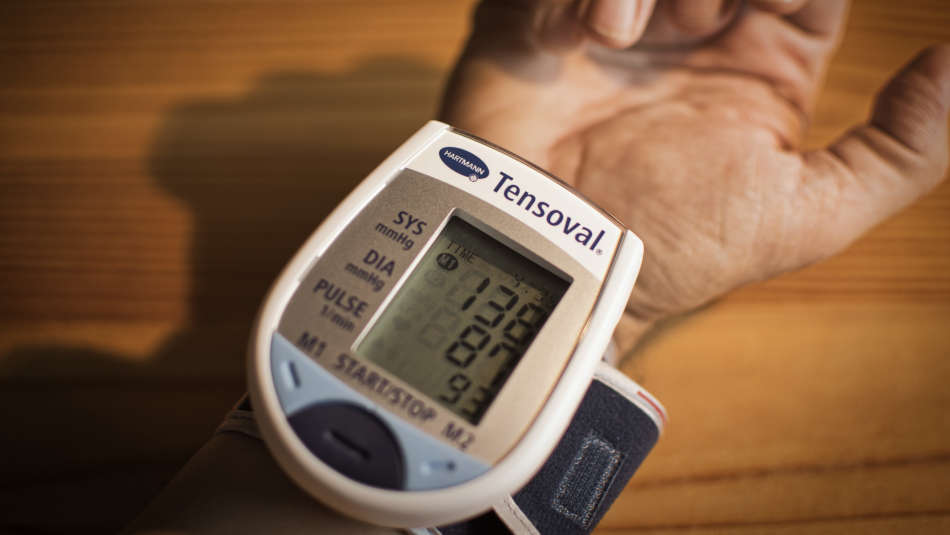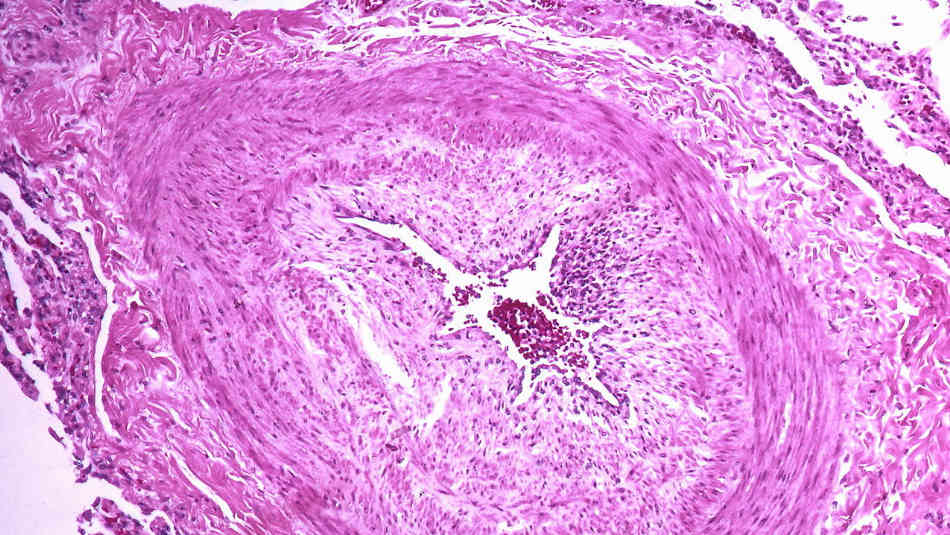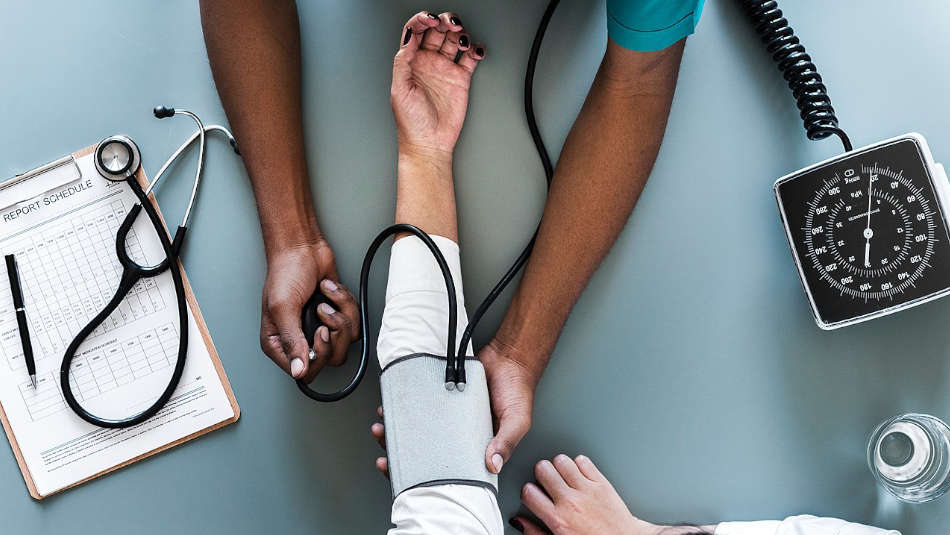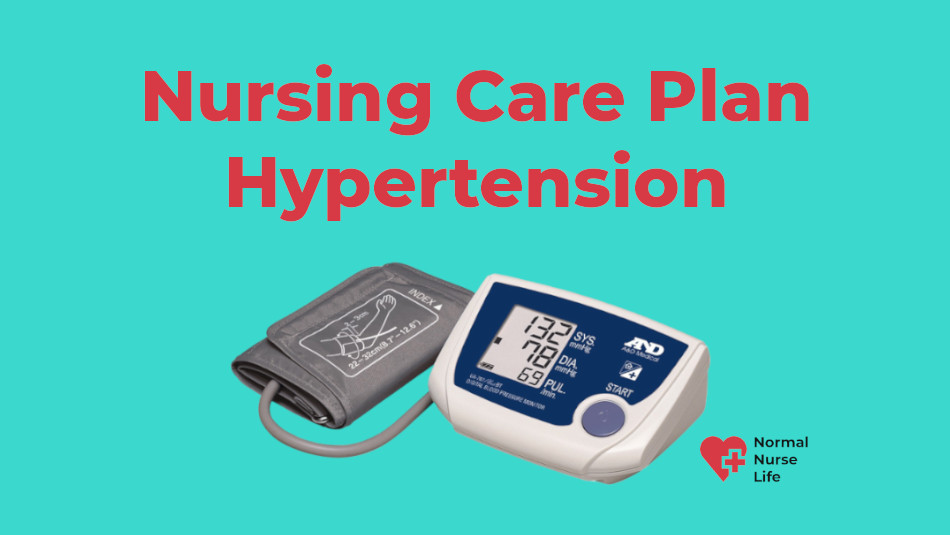There is no denying the fact that millions of people suffer from hypertension and it is one of the biggest reasons for deaths caused by heart attacks and strokes. Hence, there is a need to have a scientific approach when it comes to tackling this silent killer.
We, therefore, will be spending some more time knowing more about nursing care plan hypertension approaches and ways and means.
We will first get started by understanding the meaning and scope of such a nursing plan.
This nursing care plan hypertension focuses on controlling and lowering blood pressure and also helping patients to adhere to a well-thought-out therapeutic regimen.
It also teaches other useful things that could lead to changes or modifications in lifestyle and also find out ways and means to prevent and avoid complications.
We have tried and put the whole thing under five different heads.
We are sure it will go a long in handling this killer disease efficiently and bring down mortality rate and casualty rate quite significantly.
Table of Contents
Nursing care plan for hypertension with a nursing diagnosis

Before getting into the right nursing care plan hypertension, we need to have a reasonably clear understanding of the meaning, scope, and definition of hypertension.
Put in plain and simple words, hypertension is a term used for describing those who have high blood pressure.
Any person who has a continuous history of blood pressure exceeding 140/90 mmHg is supposed to be suffering from classic hypertension or elevated blood pressure.
This reading is considered as primary hypertension.
There are other stages of hypertension also. They are referred to as secondary hypertension.
In most cases, they are correctable pathological conditions. Furthermore, hypertension is classified into different categories depending on the blood pressure reading.
- 120/80 normal
- 121-129 to less than 80 elevated
- 130-139 to 80-89 stage 1
- 149 or more and diastolic at 90 or higher stage 2
- Higher than 180 for systolic and more than 120 for diastolic – hypertensive crisis
Based on the above the nursing care plan hypertension is drawn.
The first stage is a foolproof nursing diagnosis.
The diagnosis tries and addresses the common factors:
- Vasoconstriction leading to increase vascular resistance
- Myocardial ischemia
- Ventricular rigidity and hypertrophy
The diagnosis will be done keeping in mind the following possible outcomes:
- It will try and come out with the various activities that could help bring down the cardiac workload and the resultant increase in blood pressure.
- The focus of the diagnosis will be to find out ways and means that could help to keep the BP within an acceptable range.
- Looking for doable activities that will help the patient to prevent stress. These may include recommending activities that are balances, rest plan, and also stress management.
- They also will look at the possible contributory factors that could be causing hypertension and elevated pressure readings.
- During the diagnosis process, they also will observe skin color, temperature, moisture, and the time taken for capillary refilling.
- Swelling of extremities, extreme fatigue, and activity intolerance are also a few other things that nurses will take into account during the diagnosis process.
- Look for restful, calm, and peaceful surroundings.
See also: Can Nurse Practitioners Diagnose or Not?
Nursing care plan for pulmonary arterial hypertension

Pulmonary arterial hypertension is a dangerous condition where the artery pressure of the systolic artery exceeds 30 mm Hg or when the mean pulmonary artery pressure exceeds 25 mm Hg.
Pulmonary arterial hypertension is measured using a right-sided heart catheterization.
When working out the nursing plan for pulmonary arterial hypertension identifying the causes is important.
The causes could include:
- Altered immune systems and mechanisms.
- Raynaud’s phenomenon
- Collagen diseases
- Wrong and uncontrolled use of oral contraceptives
- Sickle cell disease or silent pulmonary emboli.
- There also could be a few secondary causes including COPD and other lung disorders.
- Primary cardiac diseases could also be a reason for such problems.
- Many also could get into PAH or Pulmonary Arterial Hypertension because of acquired diseases.
The symptoms and manifestations are also taken into account while coming out with the right nursing care plan for PAH.
There are many possible signs that could be a pointer towards PAH and we are listing down the most important ones.
- Exertion related dysnea
- Chest pain (substernal)
- Occasional weakness and hemoptysis
- Syncope
- Ascites
- Peripheral edema
- Liver enlargements
- Neck veins that are engorged
- Heart murmur
- Crackles
See also: Nursing Care Plan for CVA
How is diagnosis done?
The diagnosis is done through a number of well-planned and listed methods.
These include:
- Taking a history of the patient
- Assessing him or her physically.
- X-rays and pulmonary function studies
- ECG
- Echocardiogram
- Cardiac catheterization
- Lung biopsy
- Ventilation
This is then followed by medical management by identifying the underlying cause and treating the patients accordingly.
The underlying causes could be COPD, heart diseases, and valve defects.
See also: What Does LTAC Stand For? Full Definition
Nursing care plan for hypertension with rationale

The nursing plan for hypertension cannot be straight-jacketed.
It cannot be the same across the board.
The treatment plan would depend on the root cause and based on the diagnosis. The medication will also be given accordingly.
See also:
More importantly, the therapeutic regimen will also take into account other important factors, and here are a few of them that are worth mentioning.
The therapeutic regimen includes ineffective management of the disease previously and also will concentrate on the complexities that such therapeutic regimens may offer.
It will also take into account the required changes to lifestyle, the possible side effects of medication, and also try and improve the overall and general feeling of well-being of the patients.
See also: How Can Nurses Improve Patient Outcomes?
It also will consider the possible sexuality patterns and how sexual functions or even the absence of them could lead to activity intolerance.
See also: Do Nurses Relieve Patients?
The medication that is recommended could also cause problems with the sexual activity of the persons concerned.
Coping with the family situation is also extremely important.
When nurses come out with the right nursing care plan for hypertension with sound and solid rationale built into it, they should take into account the kind of family support that the patient may be receiving.
This could go a long way in reducing the overall risk factors for the patients and also improving the overall quality of life for the patients and also the family in general.
Finally, such action plans must also factor in the possibility of non-compliance with such a therapeutic regimen and take preventive and proactive action accordingly.
This should also include the side effects of the therapy that has been prescribed.
Example of nursing care plan hypertension
When we talk about nursing interventions that are physiological in nature, they should focus on areas related to the health of the patient.
Hence, this can be best explained with the help of a few examples.
Therefore, it is important and vital to have some knowledge about a good example of a nursing care plan for hypertension.
In many cases, such a perfected example is taken as a template and is applied across the board subject to changes here and there depending on the special conditions and other such important factors of the patients in question.
When we talk about an example of a physiological nursing intervention for hypertension, there could be quite a few things related to it.
It could start from small things such as planning the right IV fluid for a patient who may be dehydrated.
It also could include various nursing interventions including various actions that help to maintain the safety of the patient and also prevent him or her from suffering possible injuries.
It also will take into account the three main types of interventions and they are dependent, independent, and interdependent.
As mentioned earlier, the nursing plan should also factor in other important things such as medical history, including smoking, drinking, and family history of blood pressure.
They also will focus on two or more blood pressure measurements. The waist size, height, and weight will also be taken into account.
Examination of the retina and also an examination of the back of the eye (this is light sensitive) will also be taken up.
Finally, a basic heart exam is also something that will have to be given the importance it deserves.
Last but not the least, we take a look at how to write a nursing care plan hypertension.
How to write a nursing care plan for hypertension?
The whole process of writing a nursing care plan is not easy. It cannot be done in a hurry or overnight.
It has to be done after considering all factors and taking into account various important inputs, reading, findings, pathological test reports, scan reports, ECG reports, and other such things.
It also takes into account other external factors like stress, underlying diseases, and also factors that could be influencing blood pressure externally.
For example, a patient could be suffering from hypertension or blood pressure because he or she is unable to cope with certain situations.
This may lead to increased levels of stress and this, in turn, may lead to high blood pressure.
The whole nursing care has to be written in phases after taking into account the findings of various reports and other such resources.
If you want to learn even more about writing a nursing care plan and get free templates, check this out:
Conclusion
We are sure that we have been able to share some useful and pertinent information as far as nursing plan hypertension is concerned.
There is no doubt that it is a complex and difficult subject because it pertains to the heart, cardiac, pulmonary, renal, and hepatic function and also neurological functions.
It has to be written by experts who know the subject matter thoroughly and totally.
See also these nursing care plan hypertension-related articles of ours:
- Nursing Care Plan for Diabetes
- Nursing Care Plan for COPD
- Nursing Care Plan for Anxiety – Full Guide
- Nursing Care Plan for Pneumonia – Full Guide
- Objective vs Subjective Data
- What Does PRN Mean?
- Nursing Care Plan for Dysphagia
I’d be glad if you could give this article a star rating. Thank you in advance!
